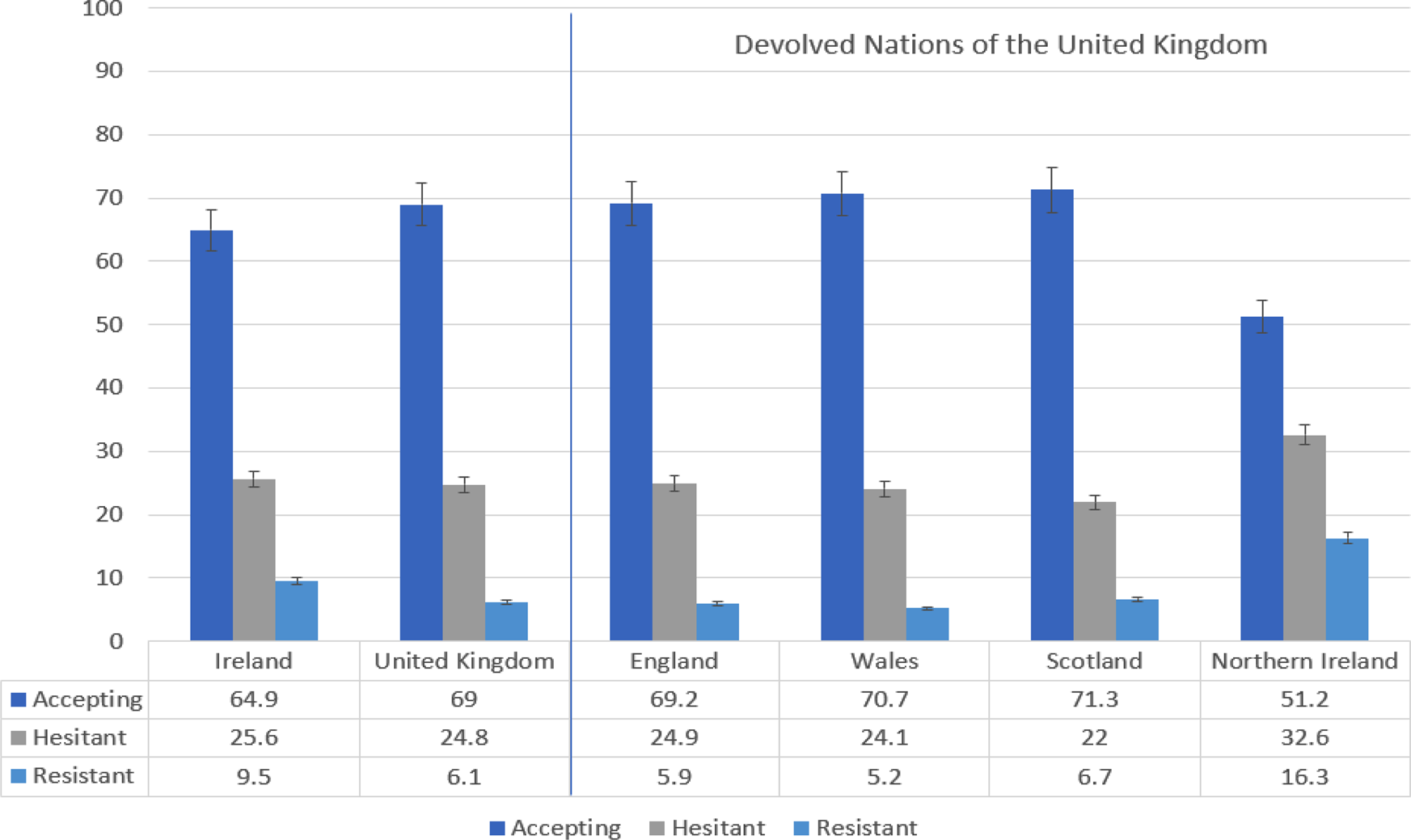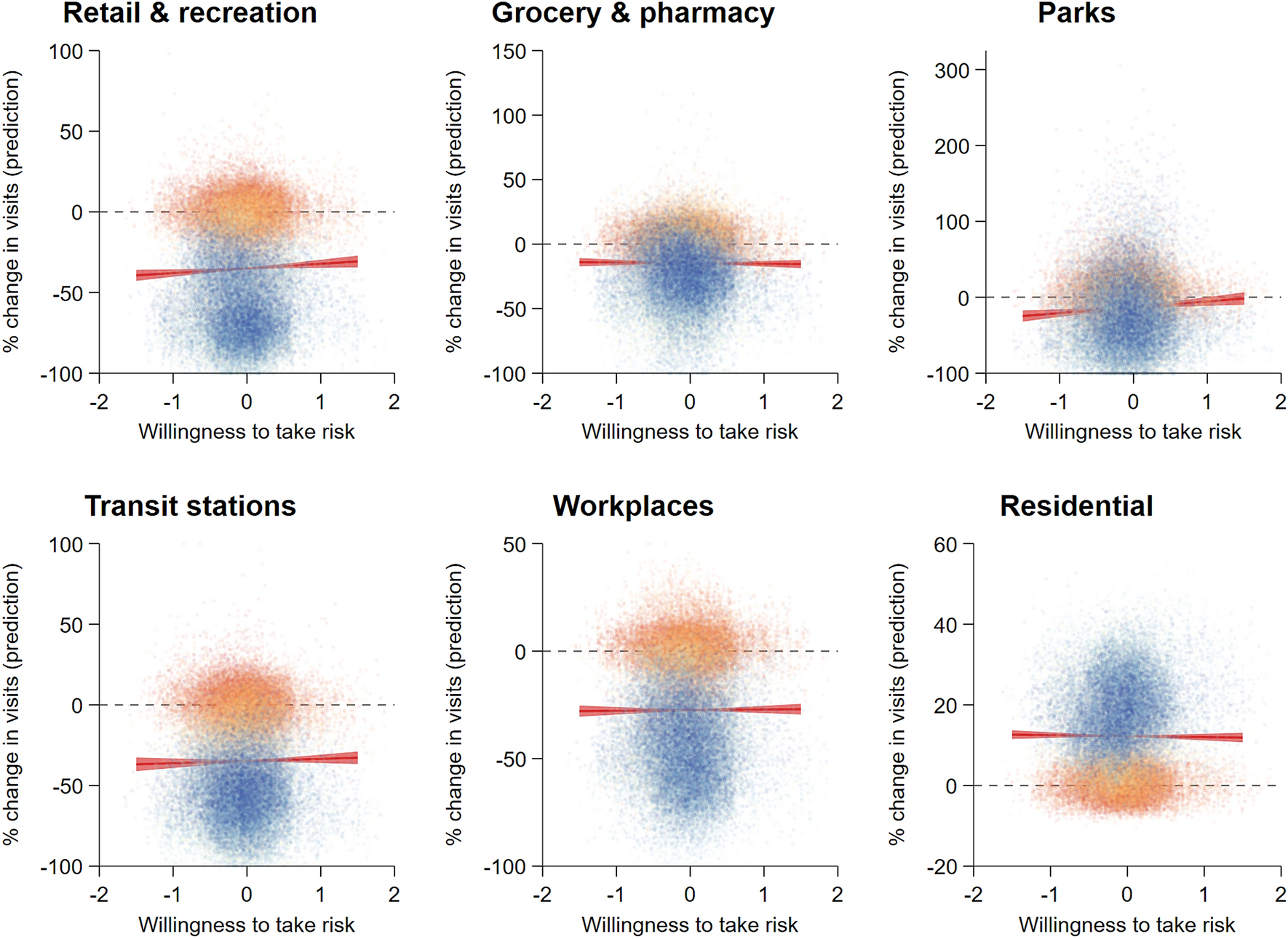
7 The “shoot the messenger” approach of a pathological culture obviously inhibits reporting. Organizational cultures have been described as reflecting characteristics of three types: pathological, bureaucratic, and generative. 7 Organizational cultureĭetection of events by an organization is also delineated by its culture. These factors may be organized into categories that reflect whether they contribute to (a) error or failure detection, (b) error localization or diagnosis of what went wrong, or (c) the actual correction of the problem. 6 Consistent with this, data capture should include near miss and no harm events and focus on the factors supporting recovery and rescue. As van der Schaaf and Kanse have observed: “what is actually desired is the prevention of harm, not errors per se”. It represents a shift from an exclusive emphasis on prevention to an equally important emphasis on the promotion of recovery. Focusing on recovery and rescue as well as on failure brings about an important change in thinking about safety. They allow us to recognize the action(s) taken to prevent harm-or to prevent the event from escalating to the point of harm-and to study rescue. Significantly, near miss events allow us to learn why something didn’t happen and, in particular, provide a means to study human recovery.

This can lead to a more productive learning experience. 5 No harm and near miss events also carry less “baggage” in terms of repercussion to the reporter and, as such, may receive more open and honest investigations. Their study affords some sense of the relative proportions of the categories of failures, and therefore provides better insight into system vulnerabilities than the often atypical misadventure.

The importance of including them within an error classification scheme derives from their similarity to, and greater frequency than, events with harm. While being mindful that definitions may limit what is classified as an event, clear standardized definitions are obviously necessary to share data and benchmark against others, as well as to study oneself over time.Īn event without harm is one in which an act of omission or commission may have had the potential for harm but, through luck or a robust physiology, had no ill effect on the patient.Ī near miss is defined as an act of commission or omission that could have harmed the patient but was prevented from completion through a planned or unplanned recovery.Įvents without harm and near miss events provide a rich source of useful information. 4 The following proposed model of this process underscores the critical triggering role of event definition:Įvent definitions trigger → Routines for data gathering and analysis which produce → Information available to support → Decision making 3Ĭlassification and definition trigger information processing routines that channel the decision maker’s attention. 2 In a mail survey of 53 hospital transfusion services in which 77% responded, 91% of technologists said they would report mistakes resulting in patient harm, while only 27% would report mistakes that they caught and corrected themselves. You see what you have labels to see.” 1 Event classification affects the availability of information for learning: organizations tend to disregard events outside their classification schemes. “ People only see what they are prepared to see” R W Emerson, 1863 Classification and definitionĭetection, the first phase of event reporting, is sensitive to the way events are defined and classified. This paper discusses the elements and structure necessary to translate event reporting data into actionable knowledge. In addition, since scant attention is paid to events outside the narrow classification boundaries of the regulator, a number of potentially informative events may not even be recognized. In such instances there is slim chance of adoption since the use of event data is limited to producing an external report.

Unfortunately, compliance with the reporting requirements of an external regulatory agency is often perceived as the sole purpose of the system. If form follows function, the processes and structures constituting event reporting should aid in collecting and organizing data in such a way as to facilitate sense making and system improvement from both single events and from events in aggregate.įor an organization to adopt event reporting rather than to simply comply with its requirement, there must be timely and effective feedback and demonstrable local usefulness.


 0 kommentar(er)
0 kommentar(er)
